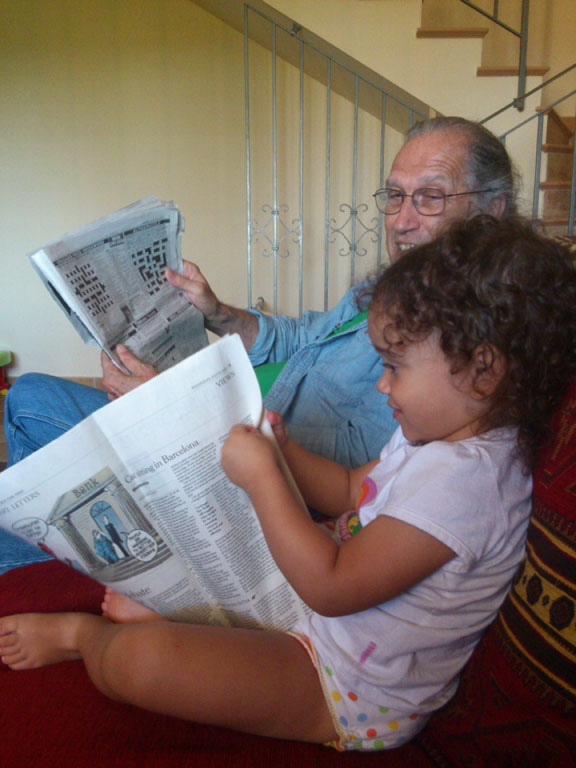
Kids doubt they can learn the hard stuff. I remember being afraid I couldn't learn how to read. I was pretty young and you didn't have to learn to read until you went to school, but the older kids were saying how hard it was and I became afraid I wouldn't be able to do it. I was in my threes.
So my father let me read the paper with him. He spoke the words while pointing to them on the page and let me recite his phrase or sentence as he slowly moved his fingers along the words. And I quickly learned. Feed a curiosity or asking to know and wonders can occur at any age, but the beginning is best done early on.
So you can learn by doing, saying, while making your finger go over the page. I was awkward and stumbling at first, but with concentration and a bit of effort, even false enthusiasm, I worked to get to a mastery of the physical activity of reading.
String figures are a physically based learning of sequential information. It is somewhat intimidating and difficult in the beginning; but afterwards, when your hands are swift and sure at the forming of the figure, one is often asked by a friend to teach them how to make a figure.
All my students became teachers of their families and friends. I had to work to keep up with strings enough for the students. I crocheted strings at first because I knew of no other way ro provide thedm. Then I found weldable plastic braids of string which came in large spools so I could just measure and cut, then weld with a candle.
So what is the lesson I learned from figuring out how to teach string figures to young people in the public education system?
Success is contagious once one breaks the mode of thought that something is difficult to the point of impossible. Nothing is impossible to a young, eager, confident learner. What this means is that the most fragile part of development occurs at the threshold. Hence a creche-like atmosphere is most important. Collusion, not competition is necessary. The teacher learns along with the student. String figures allow students to show their teachers new ideas and inventions. Do not underestimate the inventive inquisitiveness of a 7-year-old.